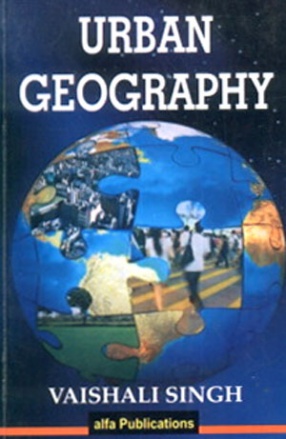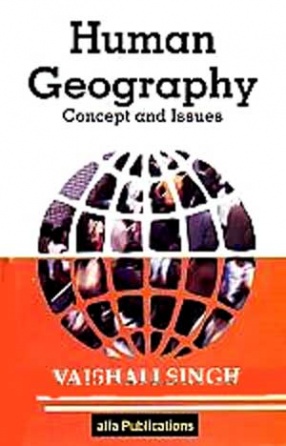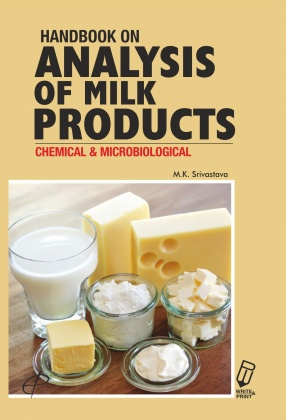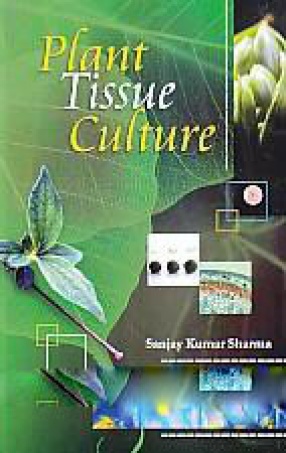Agricultural Geography is a branch of geography that deals with areas of land cultivation and the effect of such cultivation on the physical landscape. About 45% of the world’s population makes their living through agriculture. Thousands of years ago, human began to domesticate plants and animals for food. Earlier to this era, people relied on hunting and gathering to obtain food supplies. The beginnings of agriculture did not just occur in one place but appeared almost simultaneously around the world, possible through trail and error with different plants and animals or by long term experimentation. Agriculture encompasses a wide variety of specialties and techniques, including ways to expand the lands suitable for plant raising, by digging water-channels and other forms of irrigation. Cultivation of crops on arable land and the pastoral herding of livestock on rangeland remain at the foundation of agriculture. In the past century there has been increasing concern to identify and quantify various forms of agriculture. In the developed world the range usually extends between sustainable agriculture (e.g., permaculture or organic agriculture) and intensive farming (e.g., industrial agriculture). The agricultural revolution increased efficiency of production as well as distribution which allowed more people to move to the cities as the industrial revolution got under way.
Applied Agricultural Geography
In stock
Free & Quick Delivery Worldwide
Bibliographic information
Title
Applied Agricultural Geography
Author
Edition
1st ed.
Publisher
Alfa Publications, 2011
ISBN
9789380937120
Length
304p., 23cm.
Subjects







There are no reviews yet.